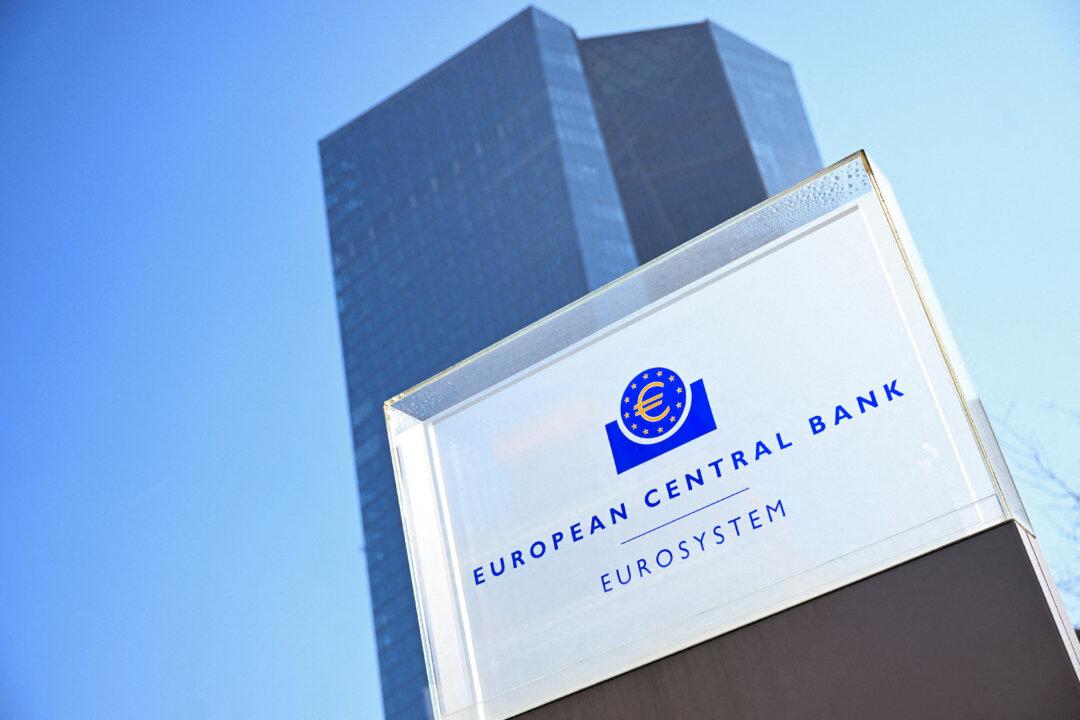While the newly released employment report beat forecasts in terms of sheer job creation numbers, and prompted a victory lap by President Joe Biden, some experts say it’s a “mixed bag,” with the unemployment rate rising and prime working age employment falling, and others saying the Federal Reserve is likely to find much of the data “unsettling.”
“One thing is clear: While comments by Republican leadership sure seem to indicate they are rooting for a recession, the U.S. economy continues to grow and add jobs even as gas prices continue to come down,” Biden added.
But a number of analysts and economists have pointed to some data in the employment report that call into question just how strong the jobs market really is.
“The October employment report is more of a mixed bag than we’ve seen recently, consistent with an economy absorbing this year’s interest-rate increases, a strong dollar, high inflation, and challenges confronting the global economy,” Mark Hamrick, senior economic analyst at Bankrate, told The Epoch Times in an emailed statement.
For one, the leisure and hospitality sector added just 35,000 jobs last month, while the unemployment rate rose more than markets expected, to 3.7 percent.
‘Really Crummy’
Friday’s jobs report showed that the labor force participation rate dipped to 62.2 percent from 62.3 percent in September, and the employment-to-population ratio continued to hover around 60 percent, which is still below pre-pandemic levels.While the establishment survey portion of the jobs report was relatively upbeat, showing job growth slowing but remaining above the pre-pandemic trend, the household survey part was “really crummy,” Berger added.
Wage Growth ‘Elevated’
Wages grew by a bigger than expected 0.4 percent month over month, the report also showed. While a welcome development by inflation-squeezed workers, rising wages are sure to be eyed with some caution by the Federal Reserve.Fed Chair Jerome Powell said at a press conference this week that wage growth, like inflation itself, has remained “elevated,” reinforcing a picture of a tight labor market.
“The broader picture is of an overheated labor market where demand substantially exceeds supply,” Powell said.
“We keep looking for signs ... sort of [that] the beginning of a gradual softening is happening,” he continued. “Maybe that’s there. But it’s not obvious to me, because wages aren’t coming down. They’re just moving sideways at an elevated level, both ECI and average hourly earnings.”
Economist Mohamed El-Erian, the former CEO of investment management firm Pimco, characterized Friday’s jobs report as “strong,” but “with a disappointment.”
While he didn’t elaborate, his remarks suggest that the Fed is likely to see the data points he listed as evidence of labor market tightness that feed into inflation and possibly as evidence that more monetary tightening is needed to quash price pressures.
“The labor market is clearly hot, and hotter than the Fed wants. But really, it cares about how hot the jobs market is only to the extent that it drives wages and prices higher. And wage growth appears to be slowing, a bit,” he said.
“If the Fed believes that a tight economy directly drives prices higher—even if wage growth doesn’t take off—then it'll be less impressed by moderate wage growth and more concerned that the economy is running too hot,” Wolfers continued, adding that he suspects this is “the majority view.”
Hamrick, meanwhile, told The Epoch Times that he thinks a labor market slowdown is imminent.
“Over the next year, the pace of hiring is likely to slow sharply, if as many expect the unemployment rate edges up over the 4 percent level. That’s in the context of a high likelihood of a recession emerging,” he said.
‘No Doubt We’re in a Recession’
The U.S. economy contracted for two consecutive quarters this year, meeting the informal definition of a recession.“There’s no doubt we’re in a recession,” Kavan Choksi, founder at KC Consulting, told The Epoch Times in an emailed statement.
The Fed’s own economic projections show policymakers expect the unemployment rate to rise to 4.4 percent as they hike rates to dampen demand and bring down inflation.
The jobless rate rising to this level would mean an additional 1.2 million Americans losing their jobs, with people on lower incomes the most vulnerable.
“The Fed has been explicit in saying that economic conditions must worsen further before we can claim victory over inflation,” Choksi said.
“This almost certainly will mean that those on lower incomes will continue to suffer the most until the specter of inflation is well and truly behind us,” he added.





